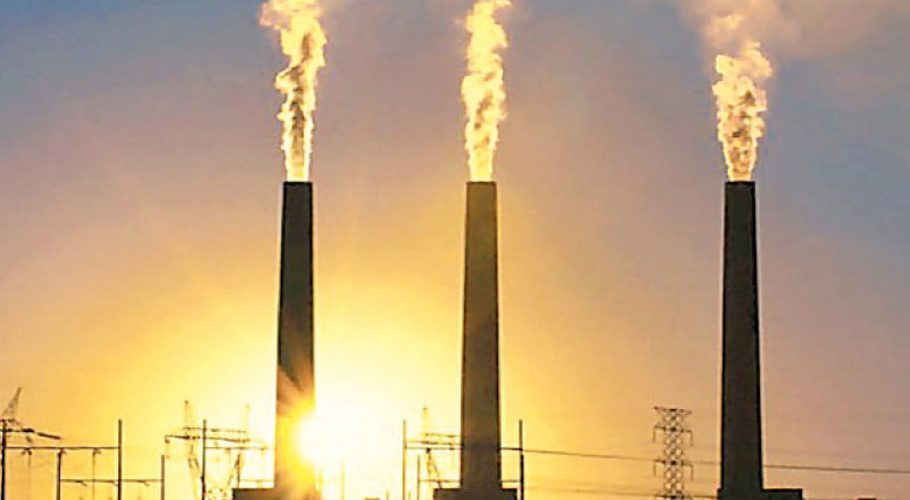Pakistan is among 4 countries that are most at risk of catastrophic flooding from glacial lakes which could burst their natural dams due to Climate Change.
According to a report published in the journal Nature Communications,Glacial lake outburst floods (GLOFs) represent a major hazard and can result in significant loss of life.
Globally, since 1990, the number and size of glacial lakes has grown rapidly along with downstream population, while socio-economic vulnerability has decreased. Nevertheless, contemporary exposure and vulnerability to GLOFs at the global scale has never been quantified. Here we show that 15 million people globally are exposed to impacts from potential GLOFs.
The report says populations in High Mountains Asia (HMA) are the most exposed and on average live closest to glacial lakes with ~1 million people living within 10 km of a glacial lake. More than half of the globally exposed population are found in just four countries: India, Pakistan, Peru, and China. While HMA has the highest potential for GLOF impacts, we highlight the Andes as a region of concern, with similar potential for GLOF impacts to HMA but comparatively few published research studies.
Exposure
In total, 90 million people across 30 countries live in 1089 basins containing glacial lakes. Our analysis indicates that of these, 15 million (16.6%) live within 50 km of a glacial lake and 1 km of potential GLOF runout tracks (Fig. 1a).
We find that 62% (~9.3 million) of the globally exposed population are located in the HMA region. Globally, the proportion of exposed population varies significantly between countries; India and Pakistan contain the highest number of exposed people (~3 million and ~2 million people respectively, or one-third of the global total combined) while Iceland contains the least (260 people).
Just four highly populous countries account for >50% of the globally exposed population: India, Pakistan, Peru, and China. As a result, regionally HMA has the highest normalised exposure score (1.000) while the High Arctic and Outlying Countries score the lowest (0.019). India and Pakistan are the highest individually scoring nations (1.000 and 0.701), and Sweden is the lowest (0.001).
Vulnerability
The average human development score in HMA (0.671) masks a range of scores, from a low of 0.511 (Afghanistan) to a high of 0.825 (Kazakhstan). Nonetheless, HMA is identified as the most vulnerable region to GLOF in 2020 (0.768) and the PNW the least (0.336). Overall, Afghanistan and Pakistan are the most vulnerable nations (0.919 and 0.837 respectively) while Switzerland and New Zealand are the least (0.194 and 0.186 respectively).
GLOF Danger
The combined normalised scores of GLOF lake conditions, exposure and vulnerability reveal HMA to have the highest GLOF danger as of 2020 (0.313), with a total of 9.3 million people exposed to 2211 lakes covering an area 1256.09 km2.
China and Pakistan have the highest danger globally (0.863 and 0.751 respectively). Pakistan has near double the exposed population of China (2.1 million and 1.1 million respectively) and is significantly more vulnerable (0.837 compared to 0.683 in China). However, with more numerous lakes, and of larger area (1109 lakes covering 1094.44 km2) the GLOF lake condition score in China is large enough to more than offset these differences. Both Greenland and Uzbekistan have a danger score of zero because as of 2020 they have, respectively, no exposed population and no glacial lakes.
When all 1089 glacial basins are ranked from highest to lowest risk, the top three are found in Pakistan (Khyber Pakhtunkhwa basin), Peru (Santa basin), and Bolivia (Beni basin)containing, respectively, 1.2 million, 0.9 million and 0.1 million people who could be exposed to GLOF impacts.
The journal says “similar to our findings for the Andes, while Pakistan is a hotspot of GLOF danger, there is a comparative lack of published research focusing on this country and despite large-scale investment (>US$30 million) in GLOF vulnerability projects from the United Nations Development Programme57. We suggest the area should be targeted for more detailed research.”


































